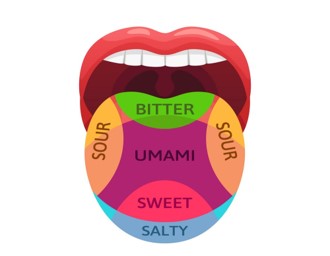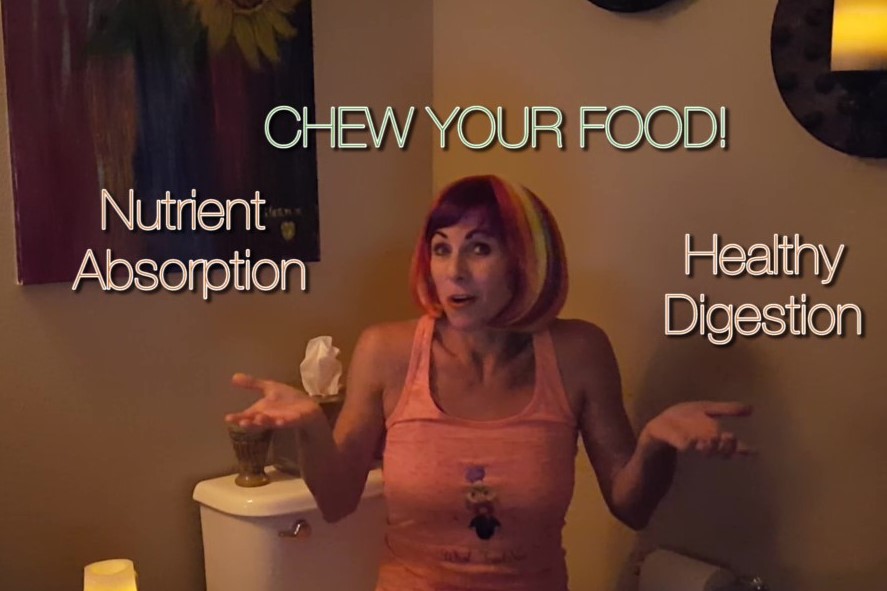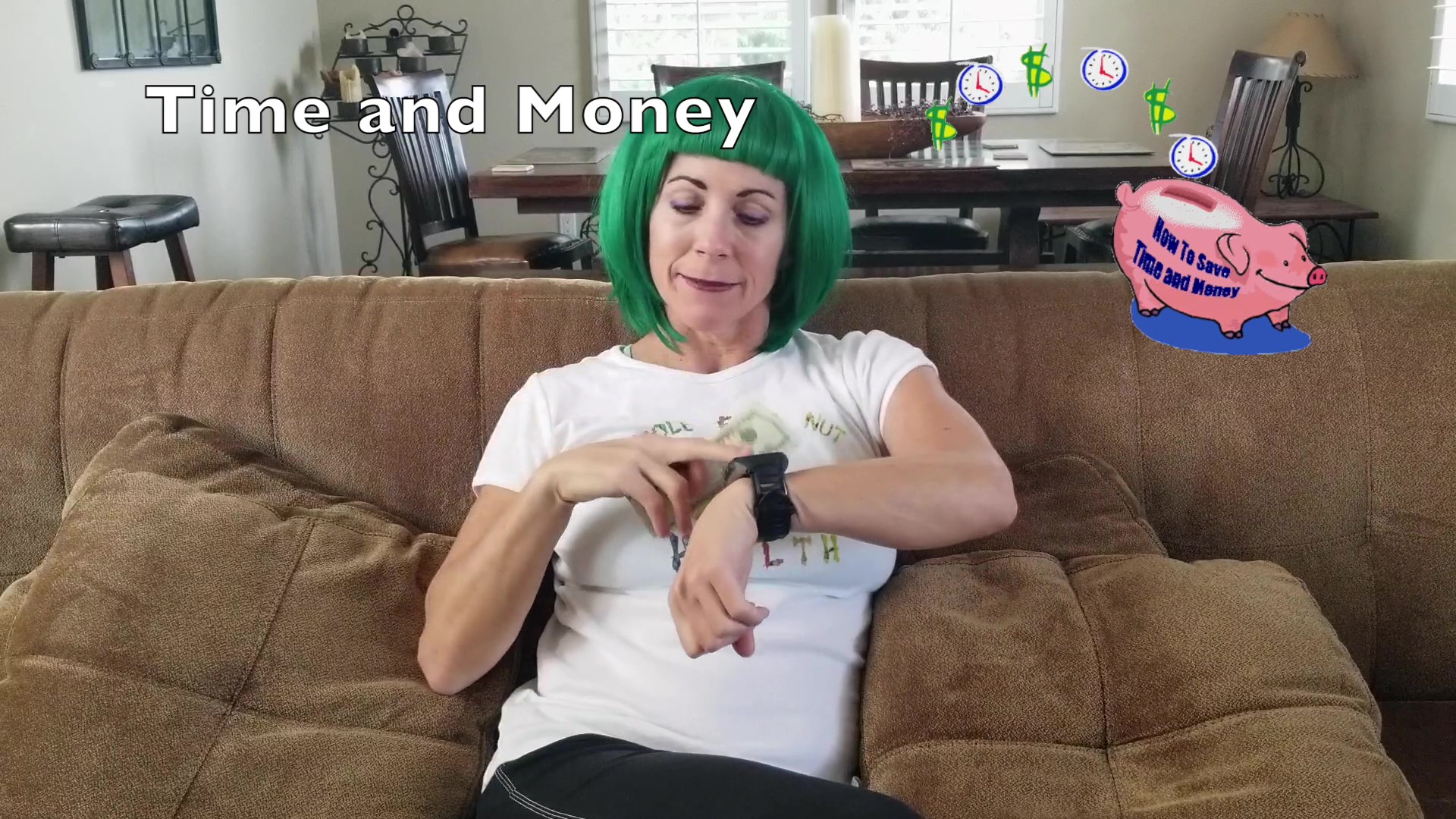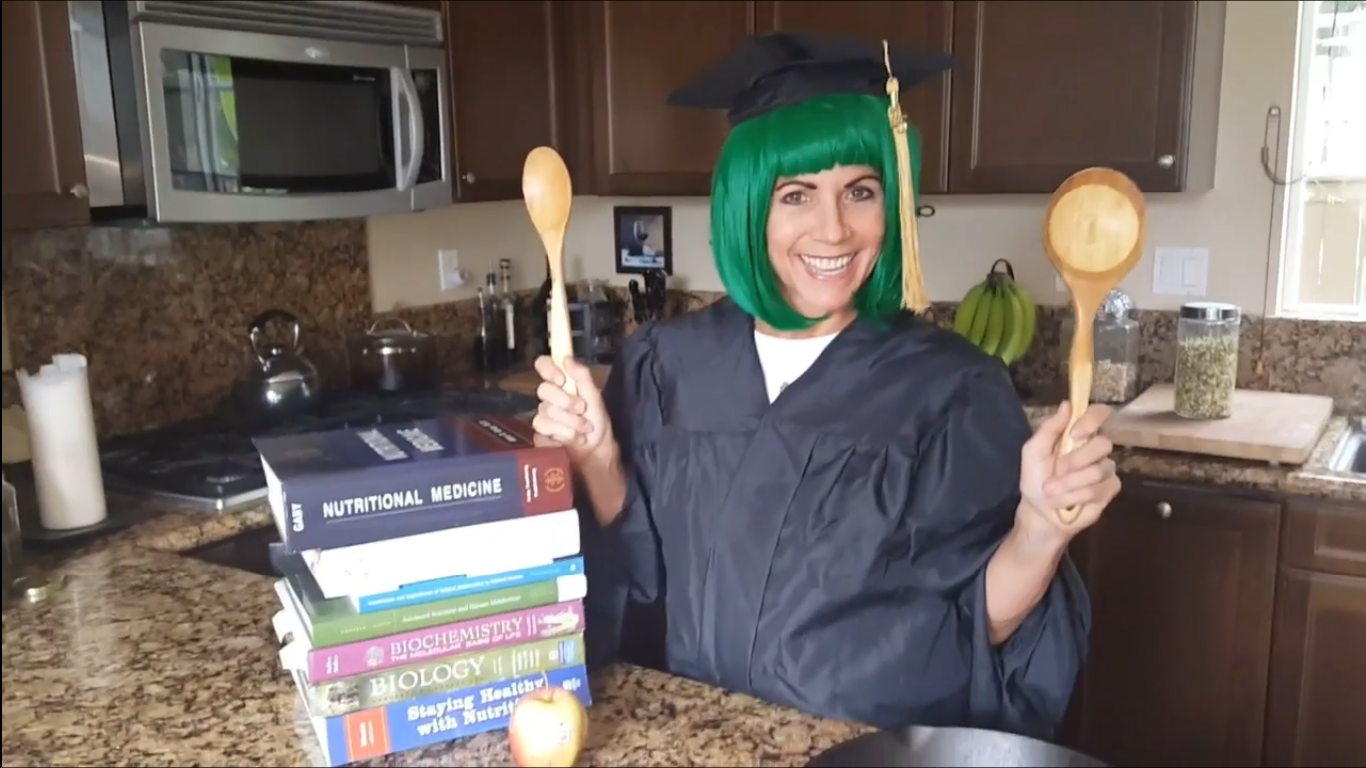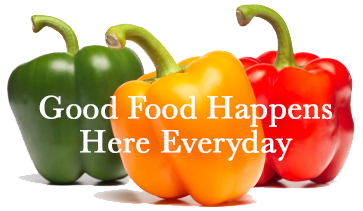Chew Your Food!
I'm ending this healthy video series on a high note with me on the toilet discussing poop and the benefits of chewing your food!
We are more than just a long pipe with 2 holes. Your body does amazing things with the food that you eat. It takes whole foods, turns it into energy and nutrients which allows the body to function, grow and repair.
Digestion is how the body processes food and eliminates food waste. Metabolism is how the cells utilize the energy that’s absorbed from food during digestion.
Did you know that digestion begins in the brain? When you think, see, smell, or taste food, salivary glands kick in and your stomach gets the signal to prepare for food.
We have 3 salivary glands in the mouth with enzymes that catalyze biochemical reactions. These enzymes chemically breakdown food in your mouth, before you even swallow it. How cool is that?!
That initial breakdown of food in the mouth is a crucial step, which is why it’s so important to adequately chew your food.
The importance of chewing for digestion is often overlooked. Healthy digestion and nutrient absorption start with chewing.
The things you eat are turned into the building blocks for literally every cell in your body. Eat well and your body will not only function properly but flourish.
Chewing your food 20 to 30 times per bite gives enzymes enough time to start the breakdown on a chemical level. Chewing is necessary to expose food to as much surface area as possible so that enzymes can begin digestion. If food is not chewed thoroughly, it puts a stress on the digestive system. So listen to your mother and chew your food.
Enough about saliva, digestion and chewing. Grab that bag of popcorn, sit back and enjoy the video! If you learned something, please share.

